Knives, cutting edges and blades can be useful and effective tools in our workplaces when used appropriately. If a cutting device is needed as a work tool, it must be:
1. Appropriate for the task
2. Kept in good condition (i.e. blade sharp, handle in good condition etc.)
3. Stored properly with other work tools
4. Not used for purposes it was not intended for
Preview below the “Common Causes of Knife Injuries” & the “Preventative Measures”.
Body part is put in the line of fire
Usually the hand holding the object being cut – think even in your kitchen when cutting a bagel in your hand or cutting a box top with the blade running toward instead of away from your body.
Do not cut towards yourself
Assess where the blade will go if it comes off or goes through the material being cut.
Handling the knife before or after the cut has been made
Picking up an unguarded knife, passing the knife to another worker.
Open blade knifes must be stored in sheaths
Utility knives must be stored with the blade
retracted, similarly always close scissors when
not in use.
Unstable object being cut
The object shifts or moves allowing the blade to slip.
Place the object being cut on a stable surface
Secure the object with a protected hand or holding device.
Dull blade
Excessive force required to compensate for the dull cutting edge.
Keep blades sharp
Replace or sharpen blades when they become dull.
Wrong tool
A knife was not the tool for the task.
Choose the right cutting tool for the task.
A knife should not be used as a pry bar, can opener, chisel, punch, scraper or screwdriver.
Source: DJ Fennell, Imperial Oil Resources
Click here to view PDF.


